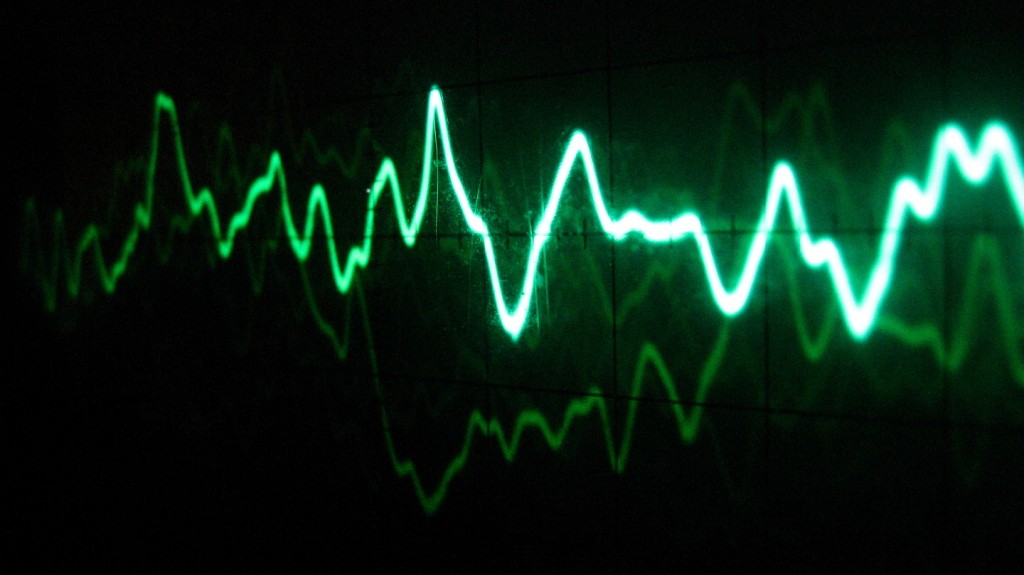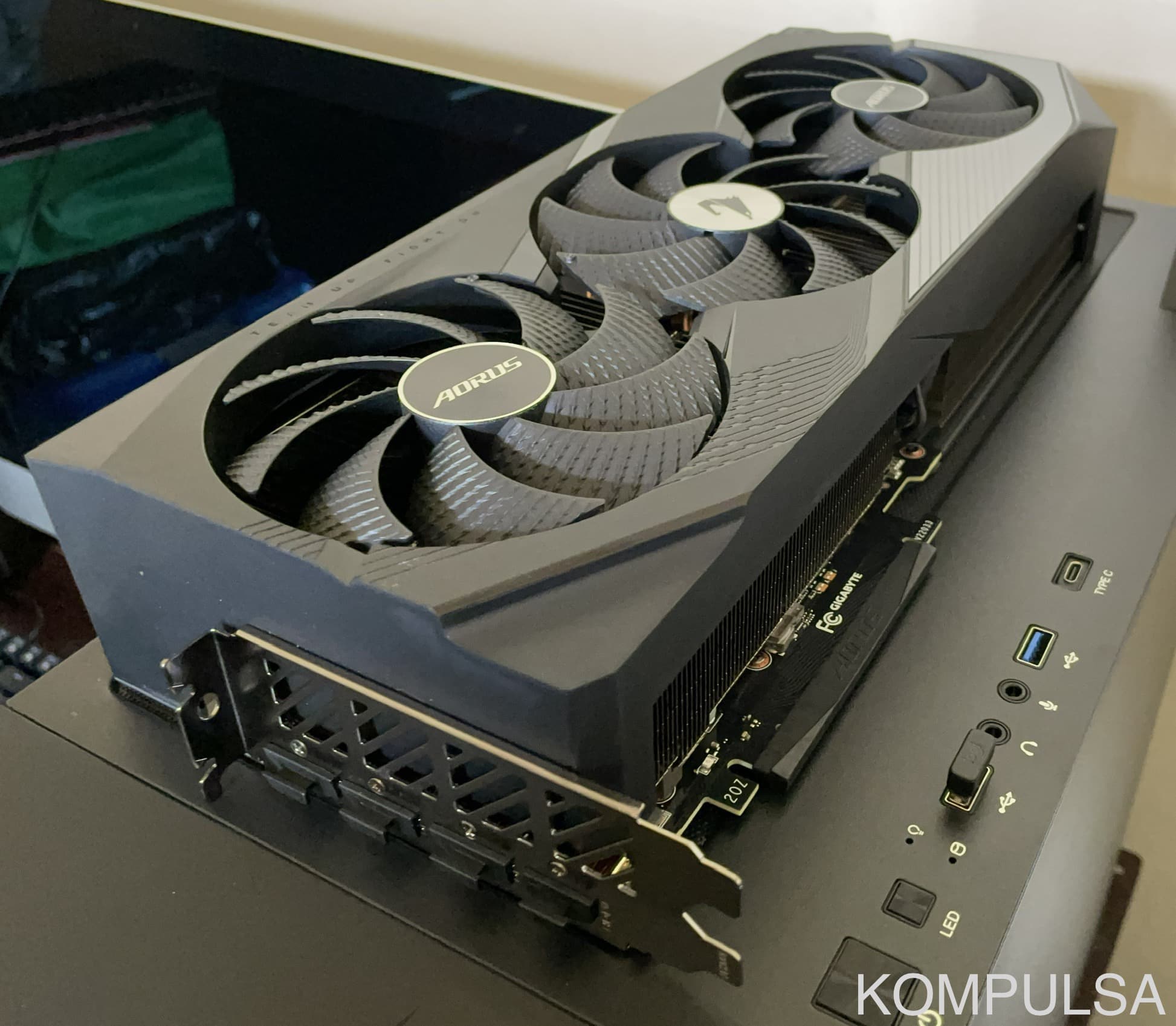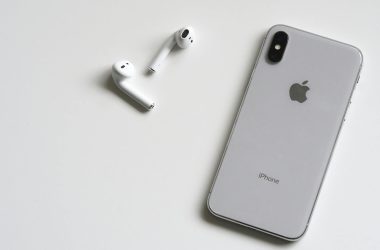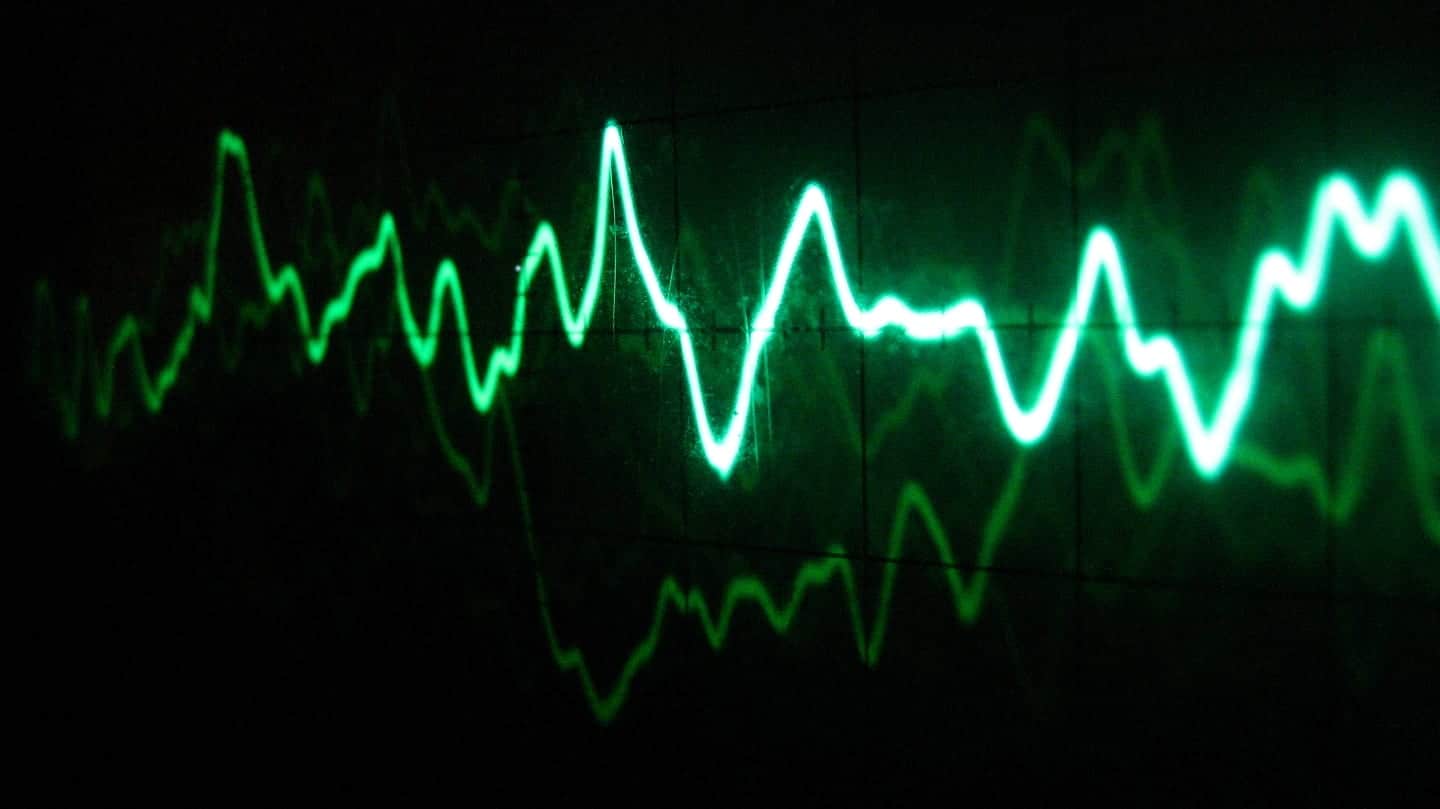As people age, their memory may decline a bit. However, some people are unfortunate enough to develop Amyloid-β peptides or neurofibrillary tangles, which cause Alzheimer’s disease. The disease parasitically grows over time and becomes ever-harder to remedy. It ruins the lives of its victims by making it hard to remember even simple things, but Australian researchers say they may have a solution — ultrasound.

Ultrasound technology as it is can do incredible things. It can pass ultrasound waves (sound waves over 20 kHz) through solids and bounce them back, to generate a rendition of unborn babies. Now, new ultrasound technology has been used to fully restore the memory of mice with Alzheimer’s disease. Due to the significant genetic similarity between mice and humans, there is a chance that this treatment could relieve humans of this disease as well.
‘We’re extremely excited by this innovation of treating Alzheimer’s without using drug therapeutics,’ Jürgen Götz, one of the team members, said in a press release. ‘The word ‘breakthrough’ is often misused, but in this case I think this really does fundamentally change our understanding of how to treat this disease, and I foresee a great future for this approach.’
Human trials are expected to begin in 2017.






